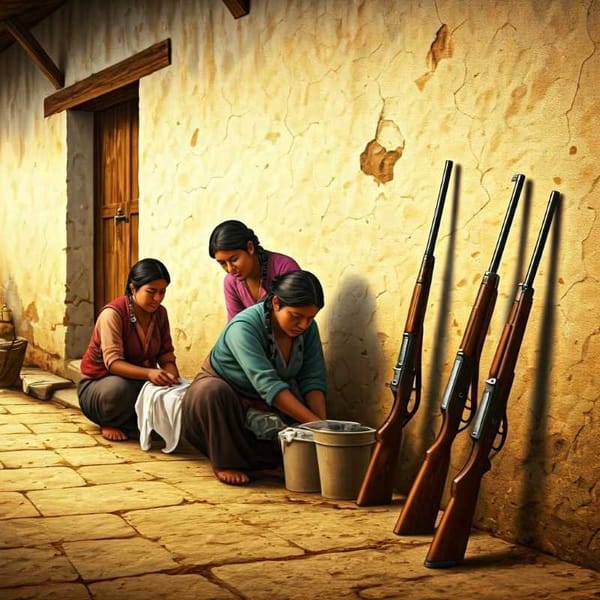The Sweet Allure of Traditional Mexican Confectionery
Discover the rich heritage of Mexican confectionery, a vibrant branch of handicraft that combines artistry, craftsmanship, and diverse flavors. Explore its origins, regional specialties, and the annual Alfeñique Fair that celebrates life and death.

In José Vasconcelos' Creole Ulysses, the protagonist recalls storming candy cupboards filled with an astonishing assortment of delectable sweets. This passage evokes powerful memories of Mexican confectionery, a vibrant branch of handicraft that tantalizes our taste buds and senses. From sugared fruits to milk jam and candies, these creations are a testament to Mexico's rich culinary history and the skillful hands of its artisans.
The Artistry and Craftsmanship of Mexican Confectionery
Mexican confectionery is rooted in the country's handicraft traditions. As Patricia Gama and Marco A. Gómez point out in their book, Las artesanías en Toluca, the artistry of confectionery lies in its visual presentation and predominantly manual production. The colorful and textured appearance of these sweets invites us to savor them, while their craftsmanship tells a story of centuries-old techniques and materials.
Although the origin of Mexican confectionery can be traced back to European, Spanish, and even Mudejar influences, the art has been adapted and transformed to suit local tastes. The result is an enticing array of sweets, including jamoncillos, chongos, tamarind rolls, cajeta wafers, macaroons, crystallized fruits, caramel-covered apples, muéganos, meringue, gañotes, and garapiñados.
A Diverse and Delectable Tradition
The confectionery tradition is not limited to Mexico City; it has flourished in many other regions, such as Amecameca, Ixtapan de la Sal, Ocoyoacac, Villa Guerrero, Tenancingo, Malinalco, and Zacualpan. Each place boasts its unique delicacies, as described by Fernando Benítez in his Viaje al centro de México. Among the Toluca specialties, he lists crystallized fruits, marzipan, almond fruits, and quince leathers.
The Alfeñique Fair: A Celebration of Life and Death
One of the most significant events in the Mexican confectionery calendar is the annual Alfeñique Fair, which takes place in Toluca from late October to early November. This event is associated with the Days of the Dead, a time when Mexicans commemorate their deceased loved ones.
During the Alfeñique Fair, stalls brim with intricate figures crafted from a mixture of powdered sugar, beaten egg, and chautle, a local tuber. Artisans create elaborate depictions of animals, coffins, and most notably, skulls of varying sizes. These skulls often feature the names of people inscribed on their foreheads, serving as a sweet reminder of the inevitability of death.
Embracing the Sweetness of Mexican Confectionery
Mexican confectionery is a vibrant and tantalizing testament to the country's rich culinary and artistic traditions. The diverse array of sweets not only delights our senses but also transports us on a journey through time, tracing centuries of craftsmanship and cultural influences. From the colorful stalls of the Alfeñique Fair to the artisanal workshops scattered across the country, Mexican confectionery invites us to savor its sweetness and embrace its unique heritage.
In-Text Citation: Artesanía Mexiquense, La Magia De Nuestra Gente. 1st ed., Mexico, Gobierno del Estado de México, 2006.




